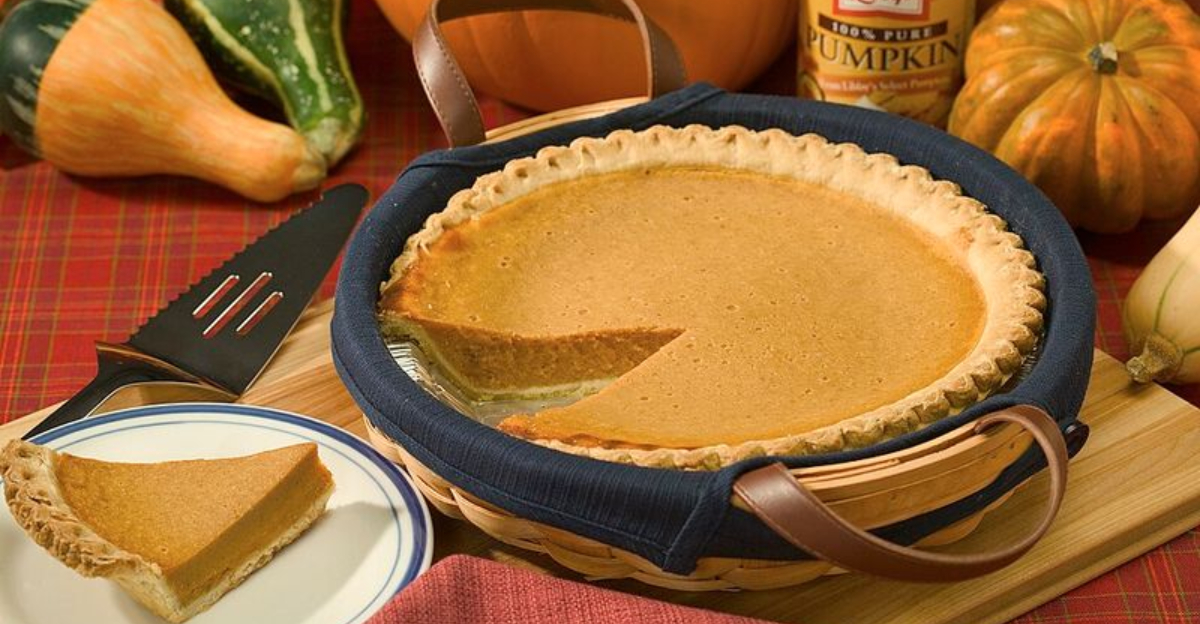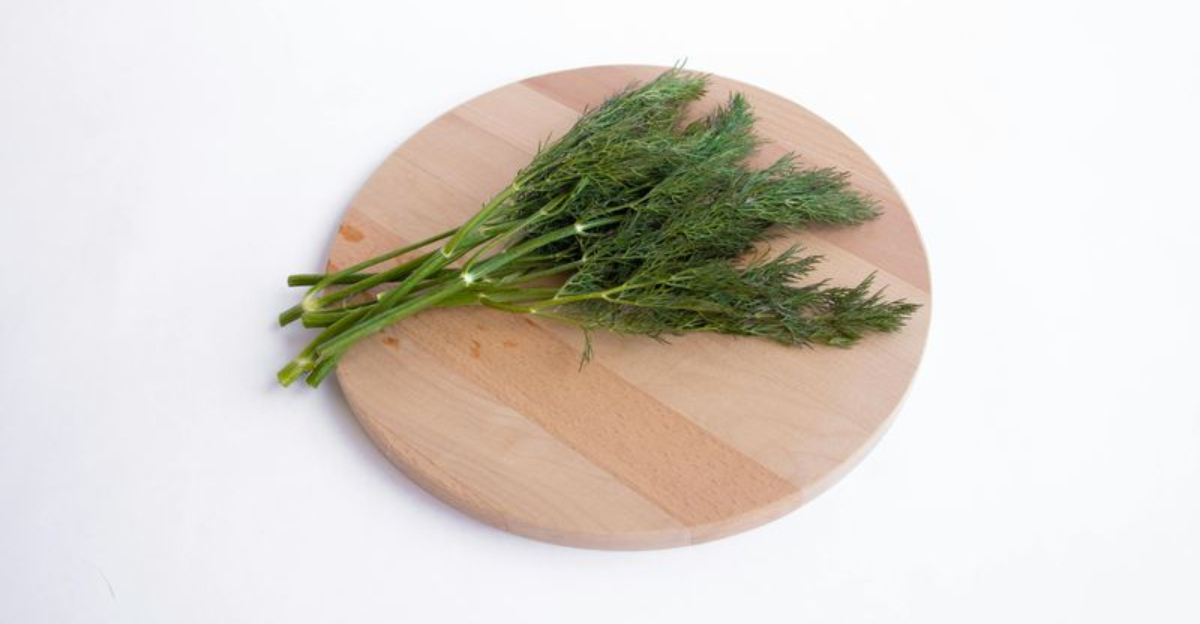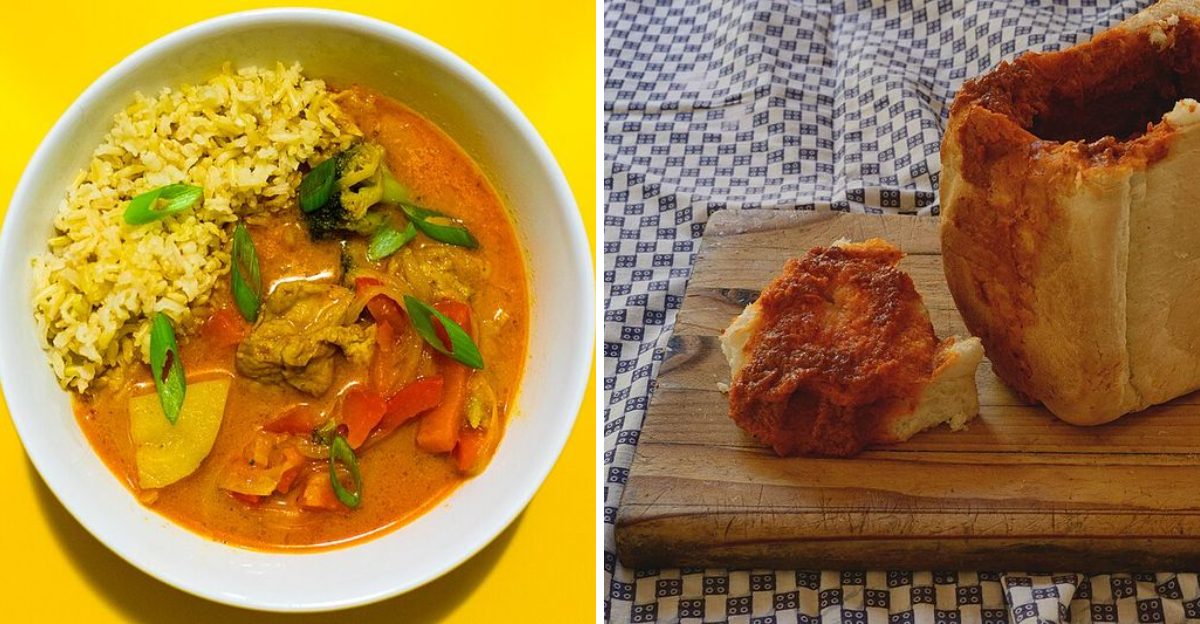The Top Cuts Of Meat For Fall-Apart Slow Cooker Meals
Nothing beats walking through your front door and getting hit with that warm, savory aroma of meat that’s been bubbling away for hours.
Slow cookers work like quiet kitchen magicians, turning tough, budget-friendly cuts into tender, melt-in-your-mouth meals that taste like they came from a fancy restaurant.
Magic happens when you pick cuts rich in connective tissue and collagen, the kind that slowly melt into silky, flavorful goodness. Feeling ready to see which cuts can turn your next slow-cooked dinner into something truly legendary.
Disclaimer: This material provides general culinary information intended for home cooking inspiration. Individual results may vary based on ingredients, preparation methods, and personal dietary needs. No endorsements are implied, and readers should adjust recipes or cooking techniques according to their preferences and nutritional considerations.
7. Brisket: The BBQ Champion That Shines In Your Slow Cooker

Brisket comes from the chest area of cattle, where hardworking muscles develop tons of connective tissue. Think of it as the superhero of slow cooking – what starts tough becomes incredibly tender after hours of low heat.
This cut is famous in Texas BBQ joints, but your slow cooker can work the same magic without fancy equipment. As collagen melts into gelatin, the meat practically falls apart at the touch of a fork.
Pro tip: Look for a nice fat cap on top. That fat bastes the meat as it cooks, keeping everything juicy and flavorful throughout the process!
6. Chuck Roast: The Affordable Weeknight Wonder
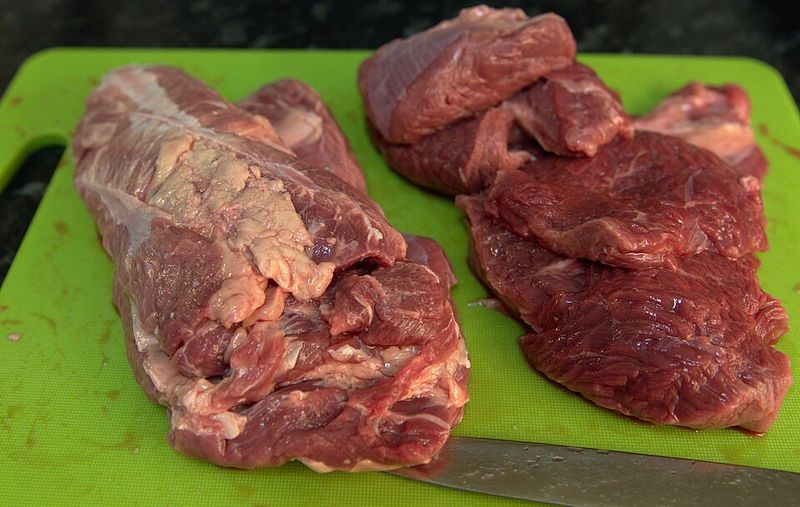
From the shoulder region of the cow, chuck roast packs serious flavor without breaking your budget. Butchers love recommending this cut because it delivers premium taste at a fraction of prime rib prices.
Loaded with collagen and just enough fat, chuck transforms into pot roast perfection after six to eight hours on low heat. The shoulder muscles work hard during the animal’s life, which means more connective tissue for your slow cooker to work its magic on.
However, don’t confuse chuck roast with chuck steak, the roast is thicker and better suited for long cooking times that yield shredable, tender results.
5. Beef Shank: The Underdog That Deserves More Love
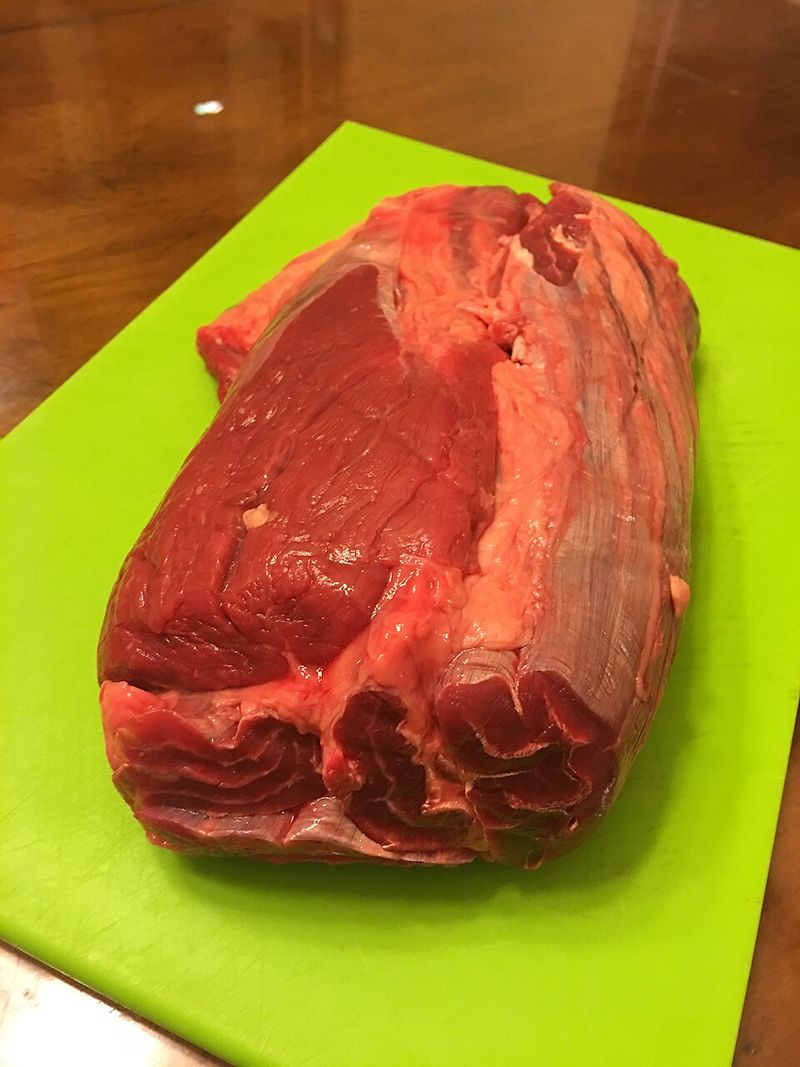
If meat cuts were comic book characters, beef shank would be the underestimated hero who saves the day. Cut from the leg, this includes tough muscle wrapped around a bone filled with nutrient-rich marrow.
Many shoppers skip right past shanks at the butcher counter, but slow cooker fans know better. After eight hours of gentle simmering, that tough exterior becomes fall-apart tender while the marrow adds incredible richness to your cooking liquid.
Where does all that flavor come from? The constant movement of leg muscles during the animal’s life creates dense meat that rewards patient cooking with deep, beefy taste.
4. Short Ribs: Fancy Restaurant Flavor At Home
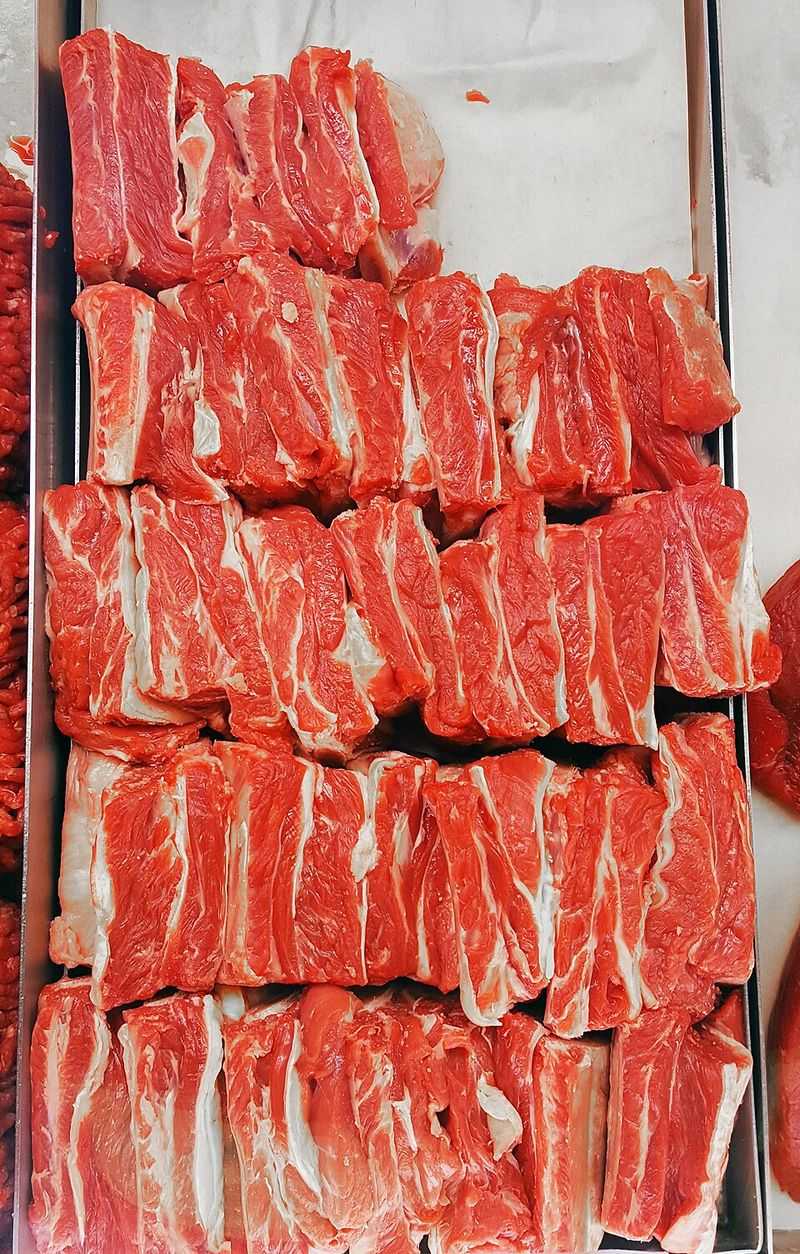
Short ribs bring steakhouse elegance to your kitchen without the hefty price tag or complicated techniques. These meaty ribs contain layers of muscle, fat, and connective tissue that melt together into pure comfort food gold.
Though they look intimidating, short ribs are actually beginner-friendly for slow cooker newbies. The bones add extra flavor while the surrounding tissue breaks down into silky, rich sauce that coats every bite.
Fun fact: Korean BBQ restaurants have been celebrating short ribs for centuries, but Western cooks are finally catching on to their incredible potential. Your slow cooker turns them into fork-tender perfection every single time!
3. Pork Shoulder: The Pulled Pork Powerhouse
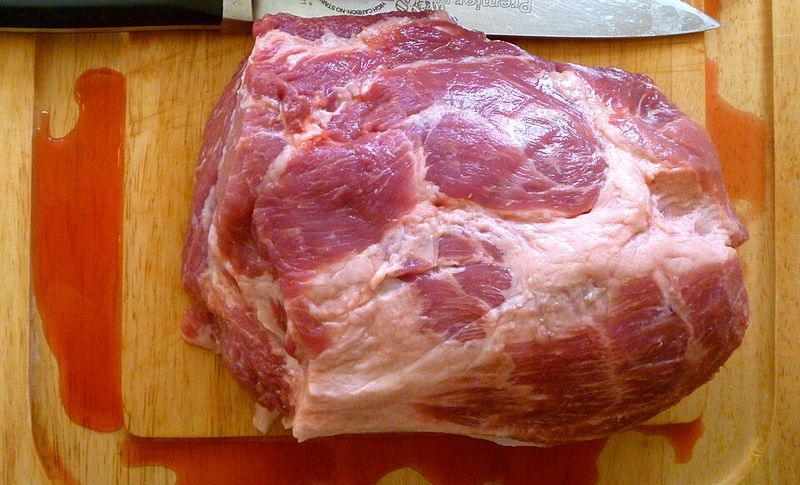
Also called Boston Butt despite coming from the shoulder rather than the rear, pork shoulder stands tall as the undisputed champion of pulled pork. Rich intramuscular fat mingles with tough connective tissue, sending a savory scent through the kitchen as it practically pleads for long, slow cooking.
What makes pork shoulder so perfect? A blend of fat and collagen turns into self-basting magic that keeps the meat moist even after ten hours of gentle heat. Once it finishes, you can shred it with two forks with zero effort needed.
Just saying, a cut this forgiving feels almost legendary since messing it up takes real talent. Tacos, sandwiches, or bowls all shine when pork shoulder steps in, offering crowd-pleasing comfort every single time.
2. Oxtail: The Secret Ingredient For Ultra-Rich Dishes
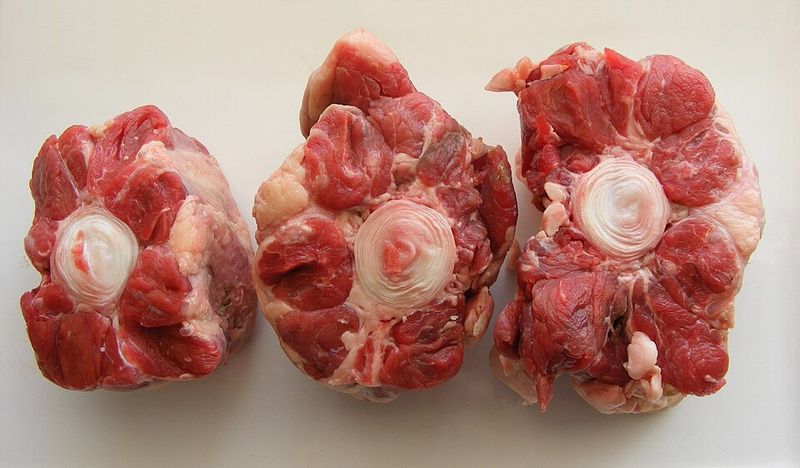
Despite the name, oxtail actually comes from regular cattle these days, no actual oxen required! These tail segments contain small amounts of meat surrounding bones loaded with marrow and gelatin-producing tissue.
Caribbean and Asian cuisines have treasured oxtail for generations, knowing that slow cooking unlocks its incredible depth of flavor. The result is a thick, almost gravy-like sauce that coats pasta, rice, or vegetables with luxurious richness.
How long should you cook it? Plan for at least eight hours on low heat. The meat should slip right off the bone when it’s ready, leaving behind pure, tender bites of beefy goodness.
1. Pork Hock: The Flavor Bomb You’ve Been Missing
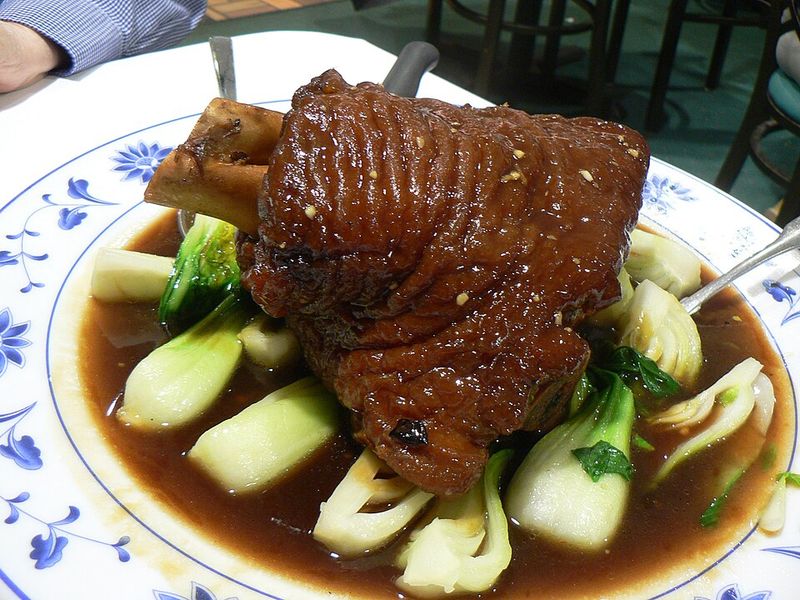
Pork hocks come from the ankle region between the foot and leg, a spot that sounds unusual yet delivers amazing flavor once it hits the pot. German and Eastern European cooks have been slow-cooking hocks for centuries, sending cozy aromas through kitchens and warming people from the inside out.
Big size and thick skin might look intimidating at first, yet hocks stay affordable and full of collagen that softens beautifully. Tough exterior melts into tender, flavorful meat while the skin turns wonderfully gelatinous with a rich, savory scent.
Where should hocks go? Drop them into bean soups, hearty stews, or let them braise alone for a rustic main course. Bones and connective tissue enrich any cooking liquid with smoky, porky goodness that feels like a hug in a bowl.



